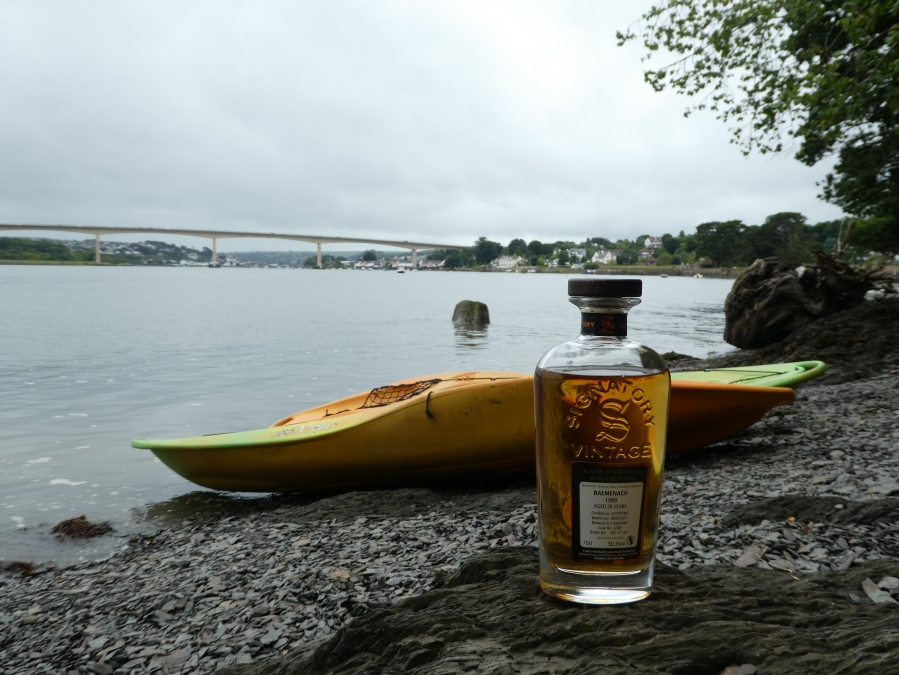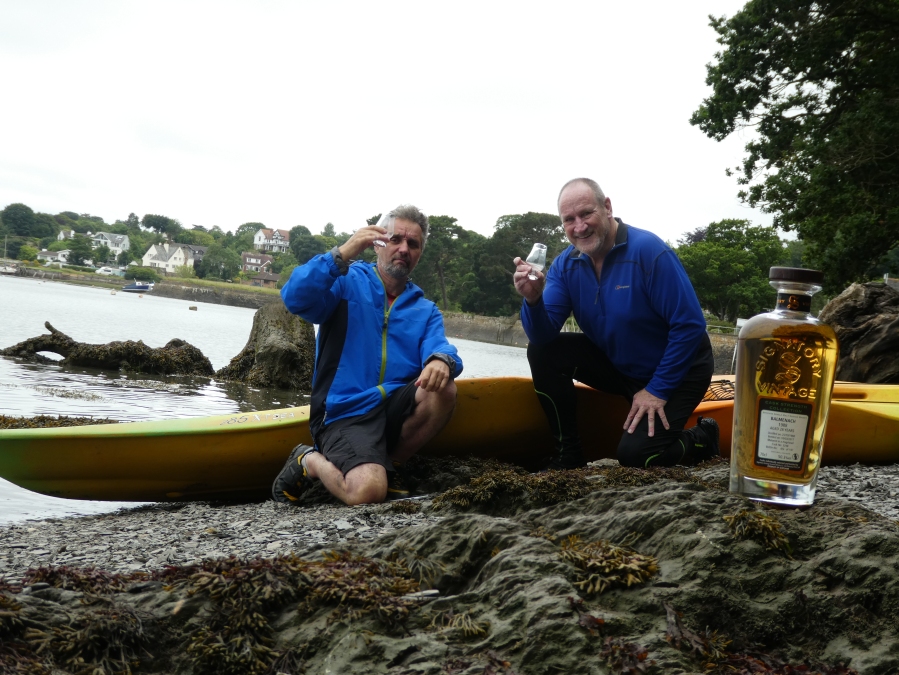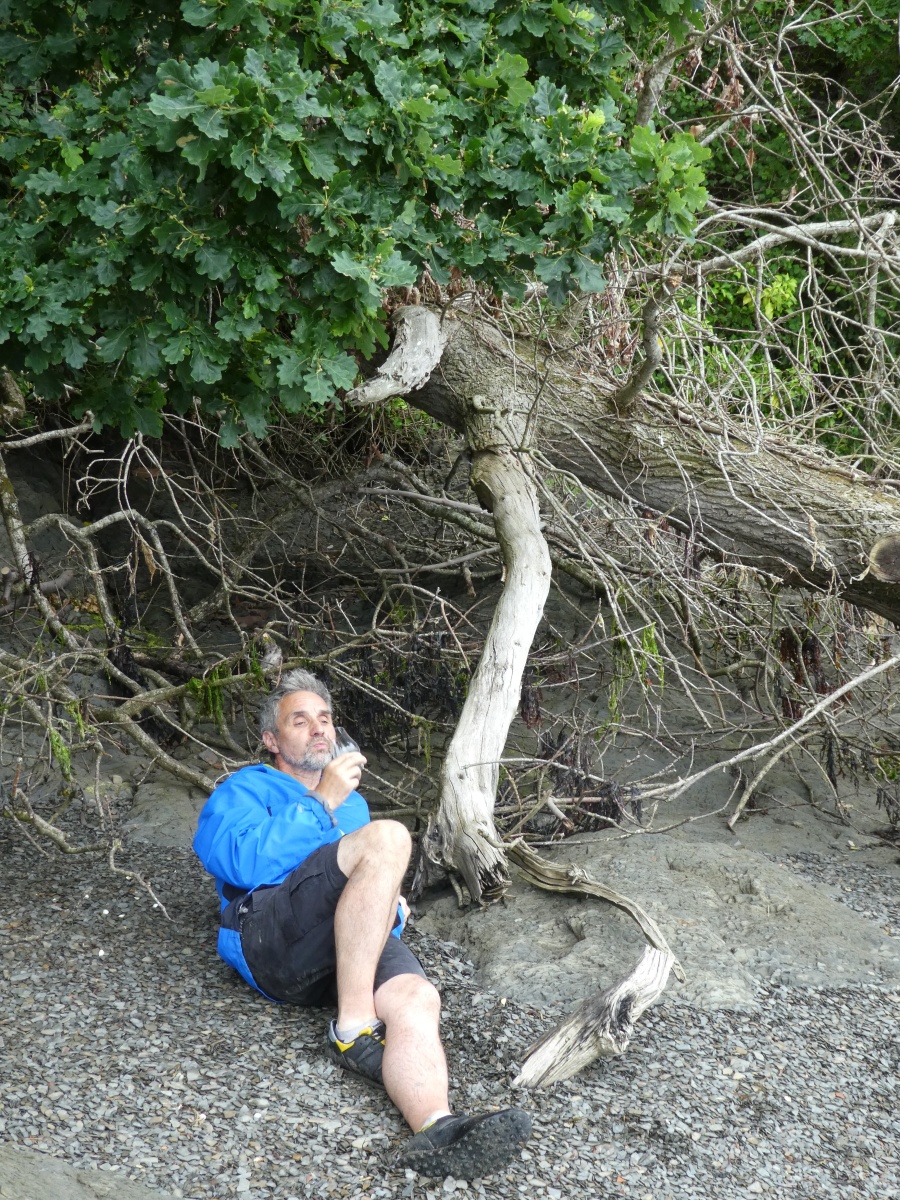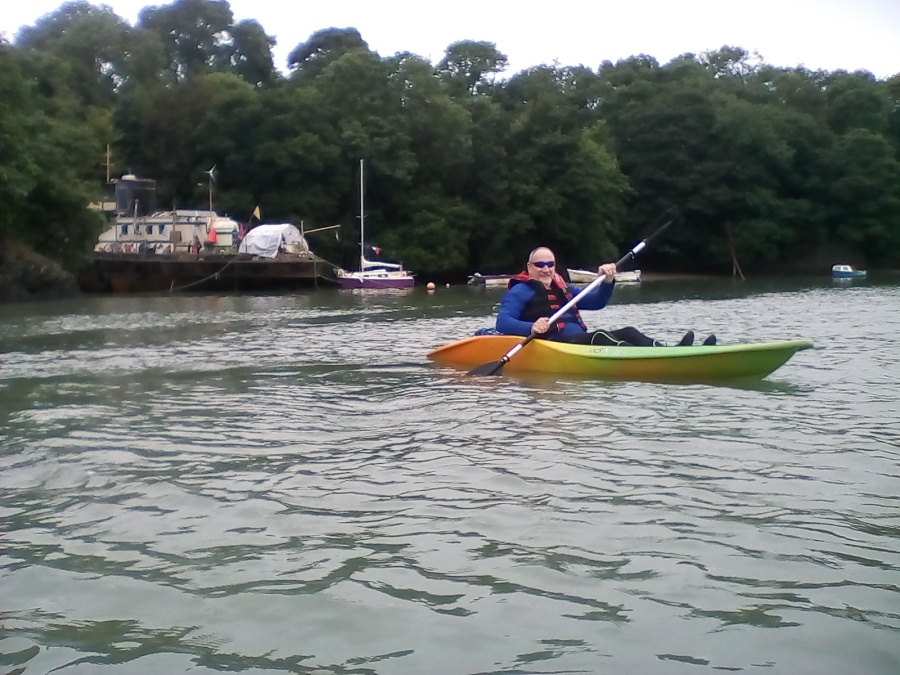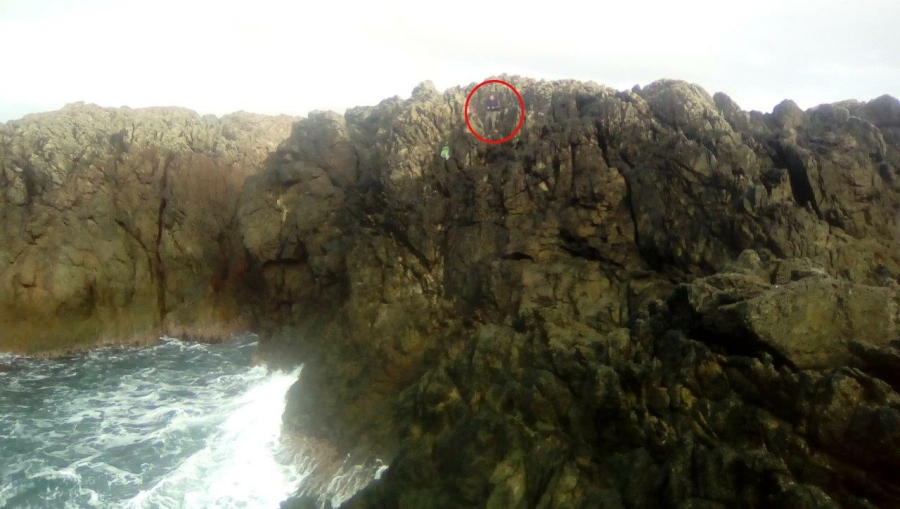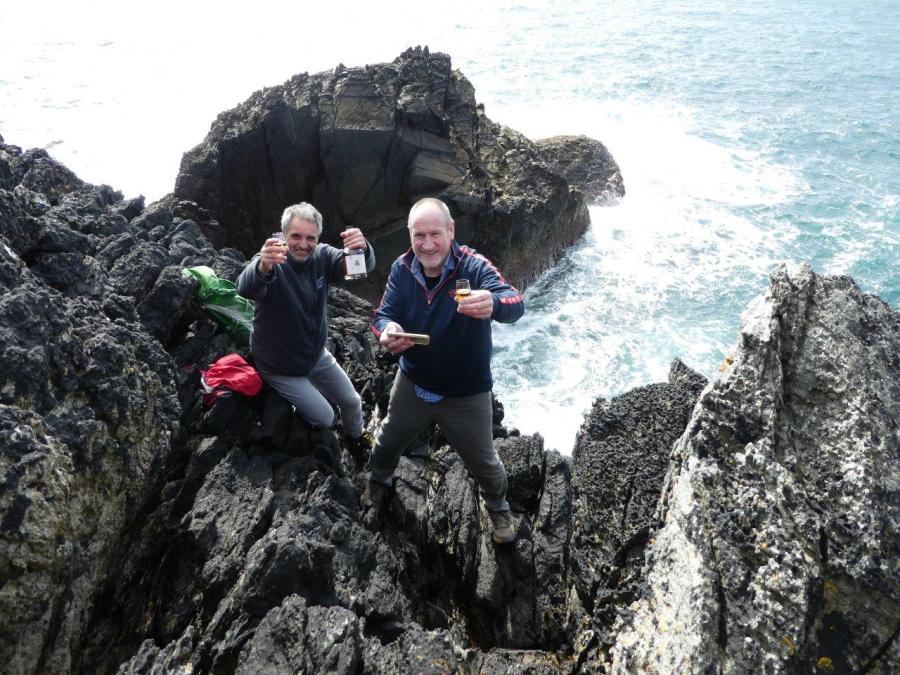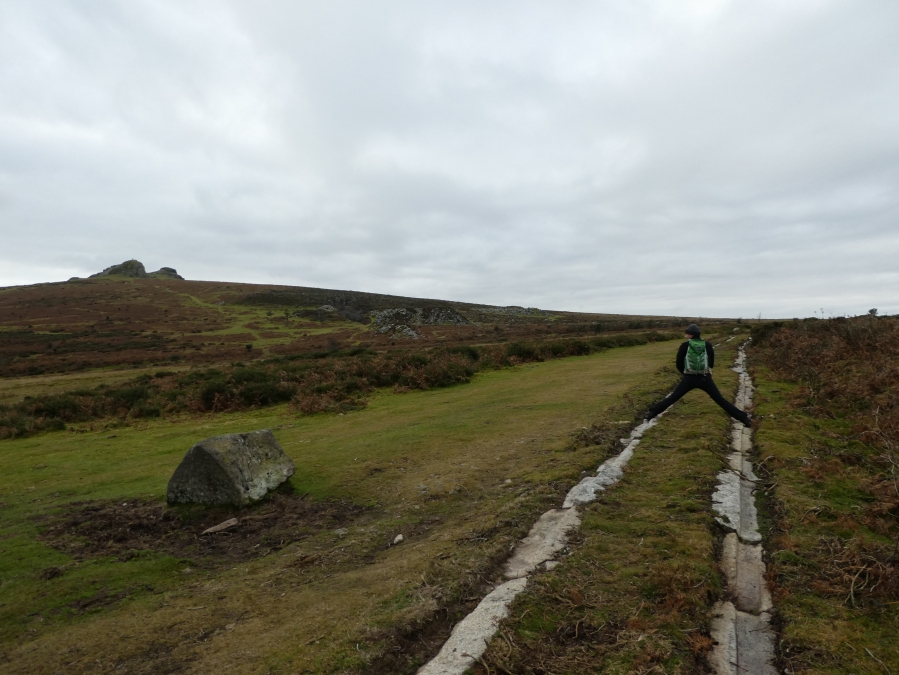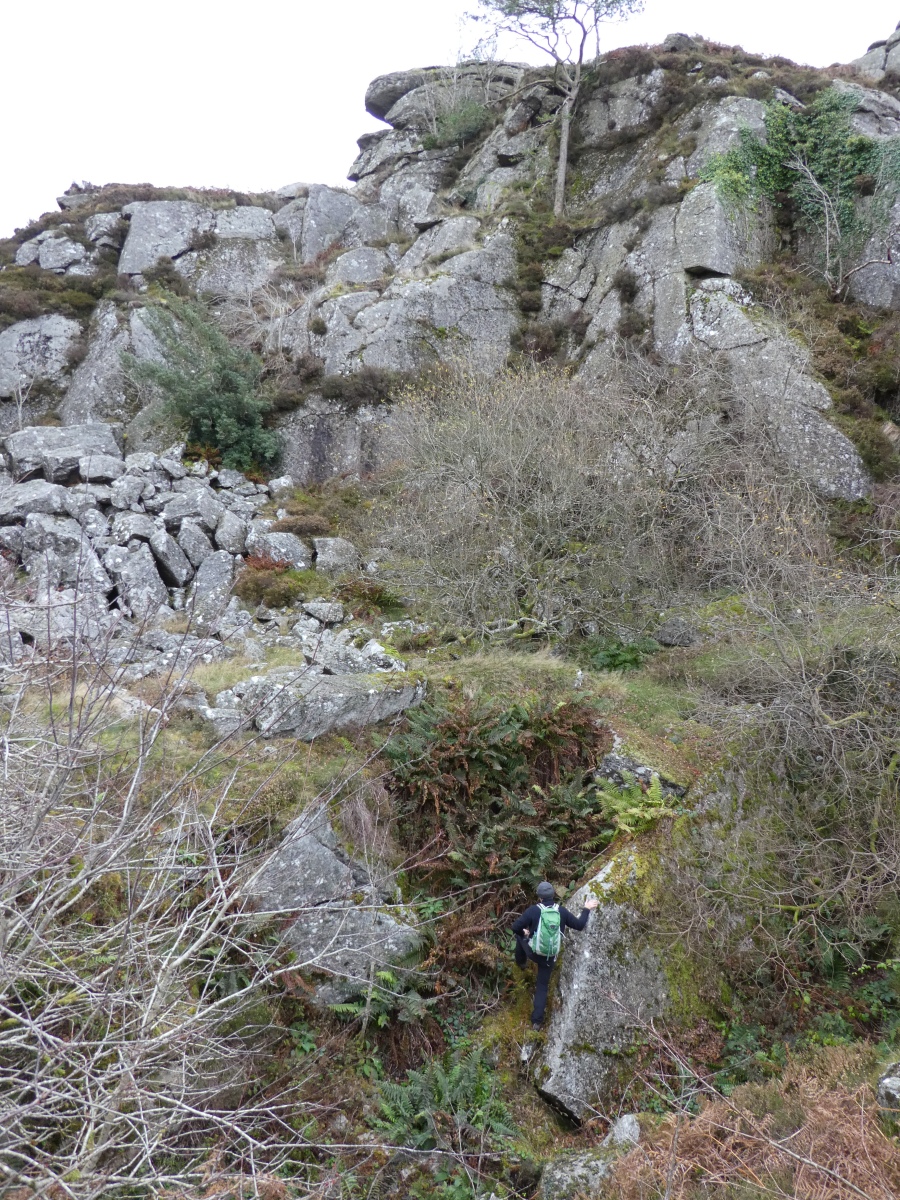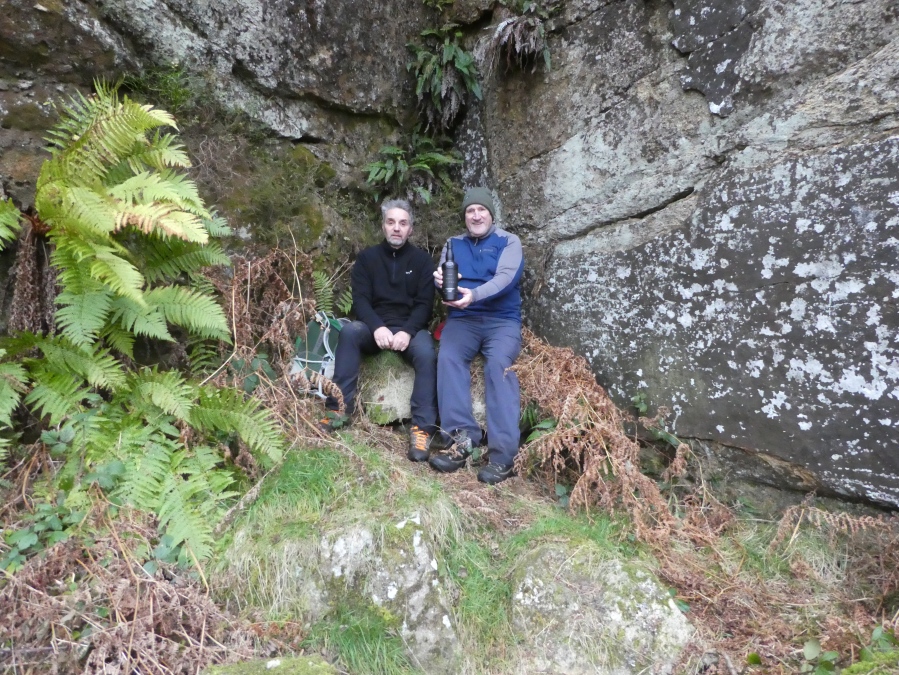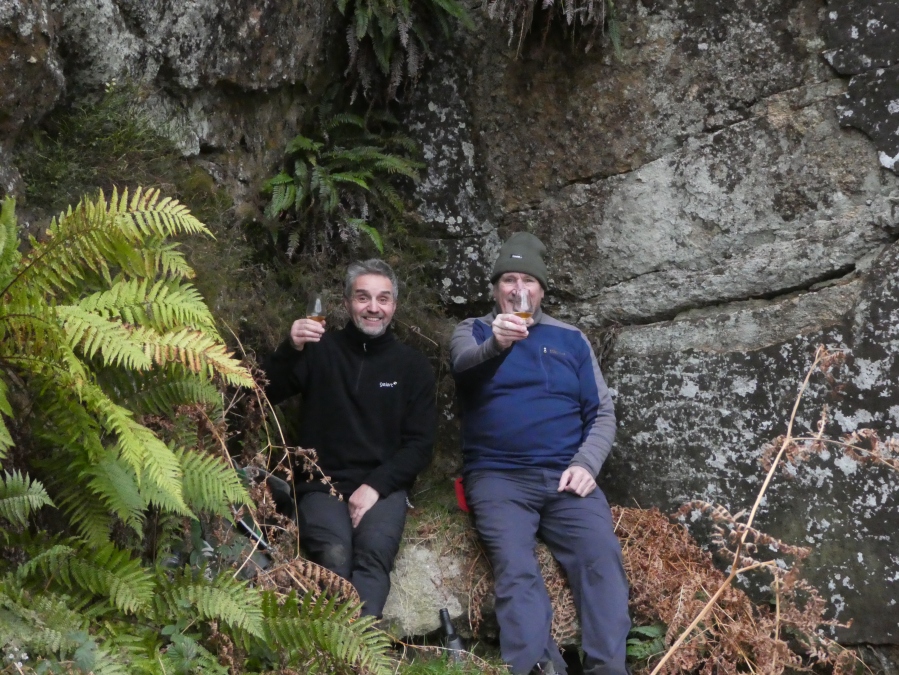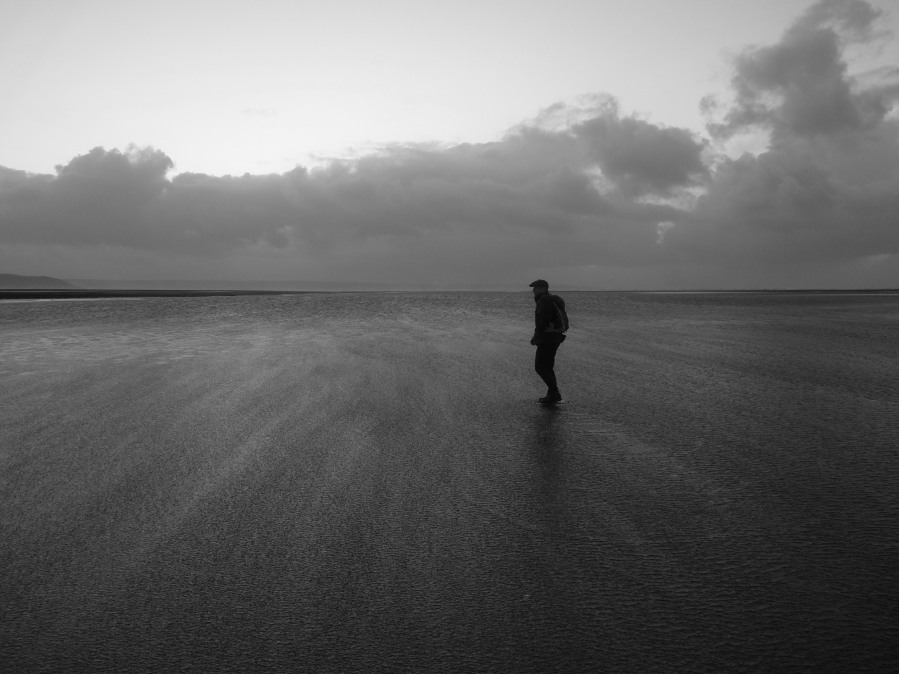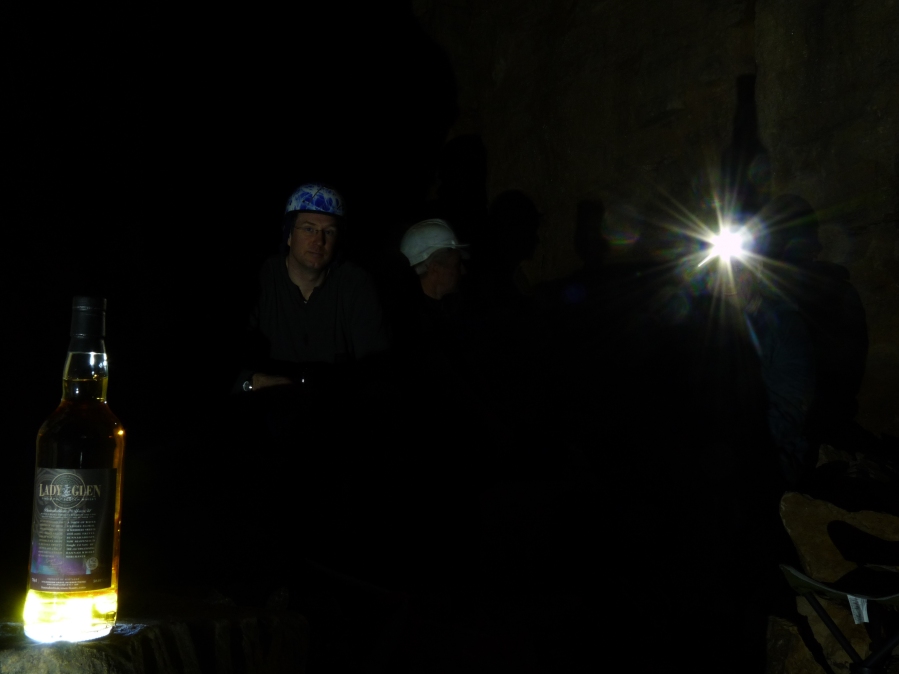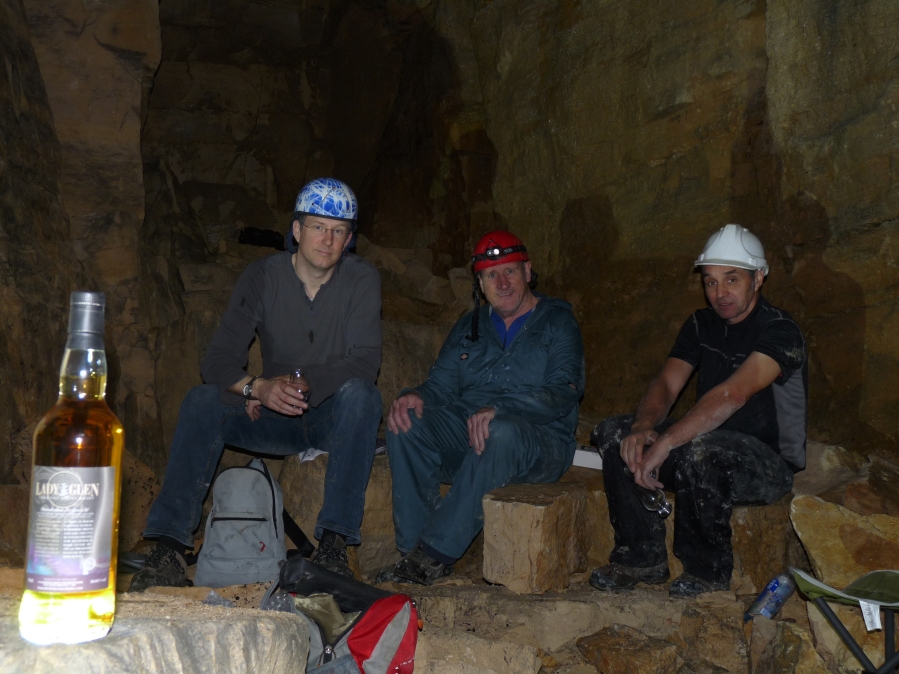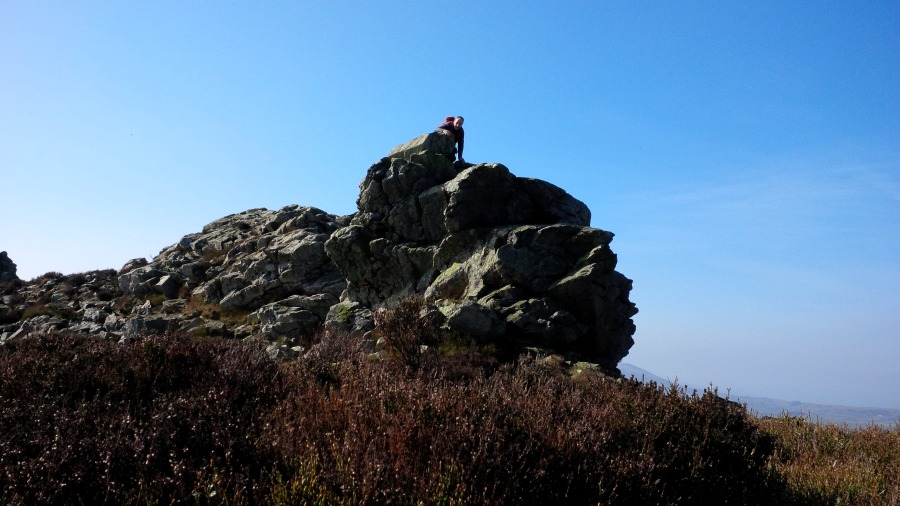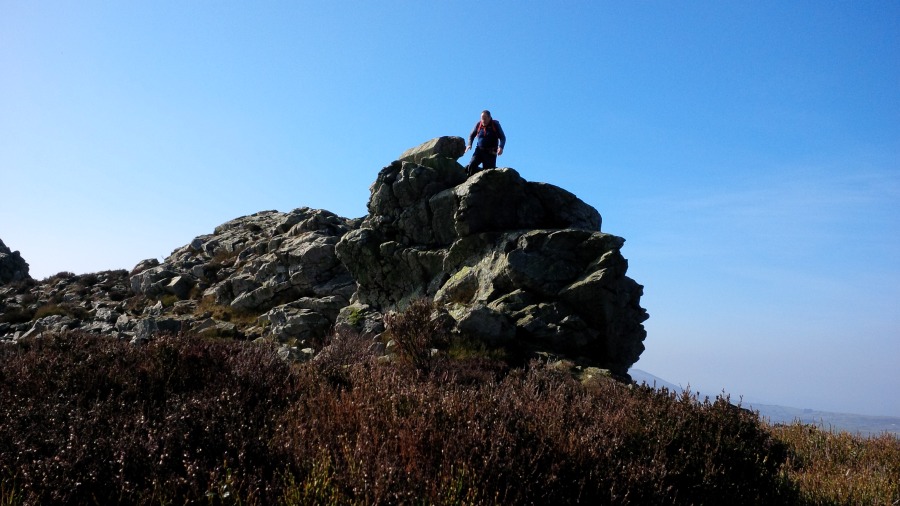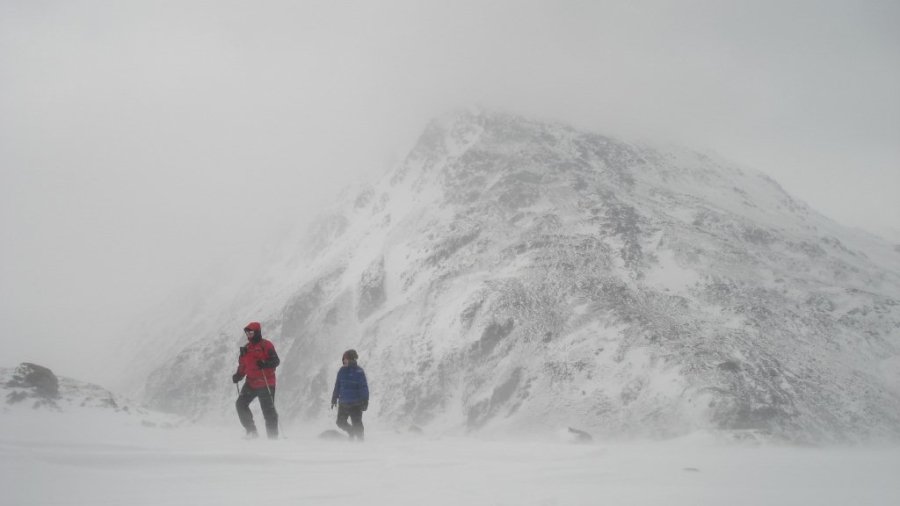Are there two kinds of people: those with a plan and those without? If I have any plan it is often to not make a plan. Going with the flow and seeing what happens can be rewarding, and therefore sometimes not. Are two plans better than one – if there is a plan at all? Well surely yes.
Plan one was to be ferried across the river Torridge from Appledore to Crow point, which is basically a sand dune jutting into the river Taw as it joins the Torridge. But to no avail as the tide was too early; the second plan was to borrow two Kayaks from a friend. This meant carrying them a couple of hundred yards downhill before they could be launched in Appledore. The tide was coming in so we drifted up stream. I was advised not to paddle across to Crow point ourselves as the currents are strong and, as we are novices to both the estuary and kayaking, it was felt we would be foolish to do such a thing so we went with the flow. Half way to Bideford, I saw a stony beach and that’s where we landed in order to open our bottle of malt.
The whisky in question was a single barrel, cask strength, 28YO Balmenach bottled by Signatory for their Vintage Cask Strength collection in a limited release of 155 bottles. The distillery was closed in 1993 and re-opened in 1998, so our bottle, distilled in 1998 must have been one of the very first batches since the re-opening. Balmenach doesn’t release under its own label; nearly all of the output of the distillery goes into Johnnie Walker’s blends.
There is no doubt that received wisdom is that whiskies are not at their best when just opened. They have to be allowed time to breath and develop, not just in the glass, but in the bottle – and yet none of our recent whiskies have tasted better than when first opened and that is down to two things – location and company. Sipping whisky on a hillside, or on a cliff edge over the sea, or on a rapidly disappearing shingle beach on a north Devon river with a good friend enhances the whisky experience beyond anything that I get subsequently on the sofa on my own, no matter how well deserved after a hard day plastering.
This one was excellent: a real mouthful of flavour. In the glass, it clung like a climber to the side of the glass, refusing to slide down. After a dram without water we had another with water and not the stuff lapping at our feet. The taste was remarkably different and less good. It became sour and drying with over brewed tea and tannins being dominant. It was definitely better without water and it doesn’t appear to improve with time in the glass. So maybe this was the perfect whisky for the occasion, especially as now we had run out of beach as the tide continued to rise and we were up against the cliff hastily packing up and climbing back into the kayaks.
A bit rushed perhaps but very enjoyable nonetheless.
Paddling back to Appledore was easy enough. Then came the realisation that we had to carry the two kayaks back up the hill. But I had an idea, and borrowed a set of wheels to put the kayaks on, and so we where to were able to avoid having to carry the kayaks back up the hill and were able to drag them up instead. By the time we had done that and got showered it was time for a well-earned dram.
Many thanks to Mark for lending us the kayaks. Many thanks to the Ferryman for cancelling the boat trip; we wouldn’t have had anywhere near as much fun and, in fairness, he did offer to make a special trip to run us out there. Many thanks to Balmenach for a fine whisky and, finally, many thanks to Signatory for making it available. (and many thanks Sean for choosing it – John)
Sean:
I had expected to fall out off the canoe as soon as I attempted to get in, but miraculously managed to alight without mishap, albeit a little clumsily. When I say clumsily, think of Biffo the bear with vertigo, dancing whilst wearing roller skates. A wave akin to a minor Tsunami emanated from the region of my canoe. John, being somewhat more sprightly, leapt into his canoe in in a single impressive bound, the water barely rippling.
In the interests of self-preservation, we wore flotation aids that are cunningly designed to be just short enough to sit ever so slightly above the point where one’s back presses against the transom of the canoe, thereby maximising the level of discomfort.
My tasting notes are based on a second tasting after the bottle had been opened and some air had got to the whisky. I found the nose, taste and finish had all improved even though the first glass on the shingly beach wasn’t half bad. As John has already stated the Balmenach has amazing ‘legs’ and clings to the side of the glass giving a very viscous appearance. Initial sweetness on the nose is followed by honey and almonds; clean and fresh. Slightly buttery in the mouth, sweet with honey and spice to follow, finishing with some lemon and a little salt. Although this Balmenach is bottled at cask strength (49.1 % ABV), it is very smooth and easily drunk without adding water. When we tried adding a few drops of water whilst on the beach, it seemed to develop a drying finish somewhat reminiscent of bitter lemon, but on my second tasting a few drops of water brought out more honey and almond and introduced a slightly damp hay aroma as well. This is a very classy and complex whisky right up there amongst my favourites.


